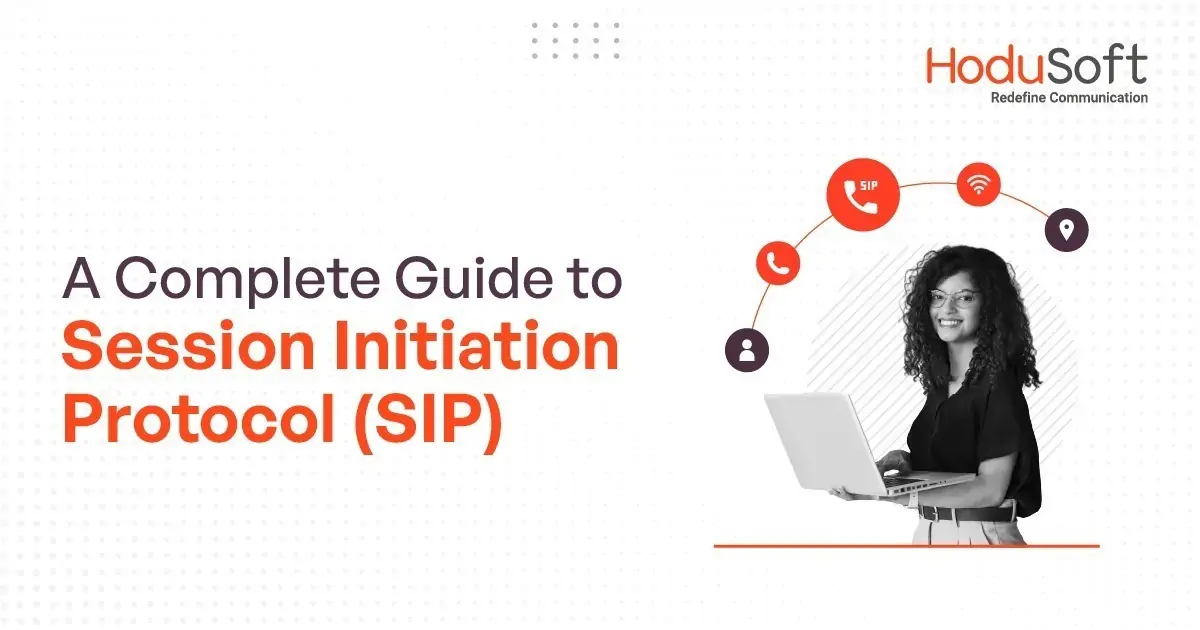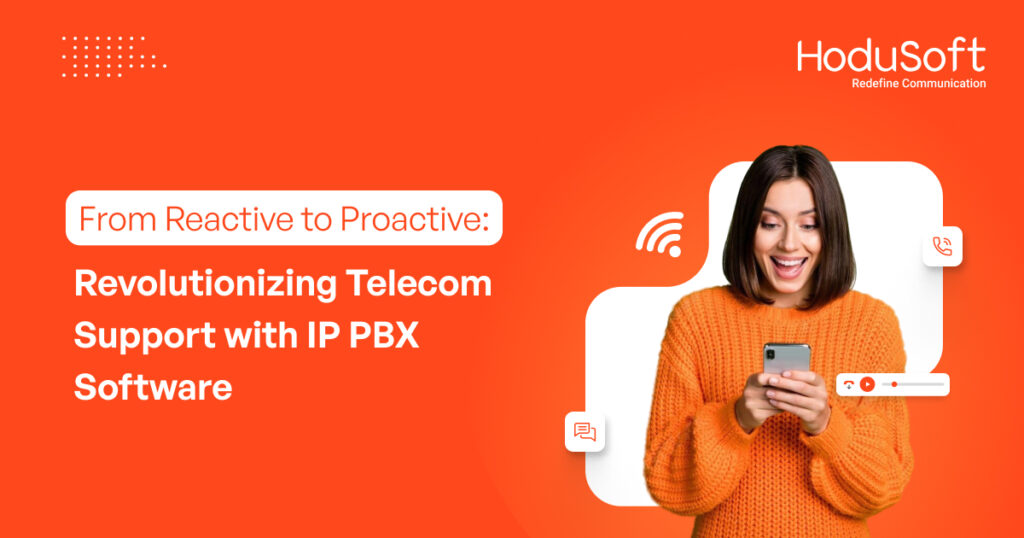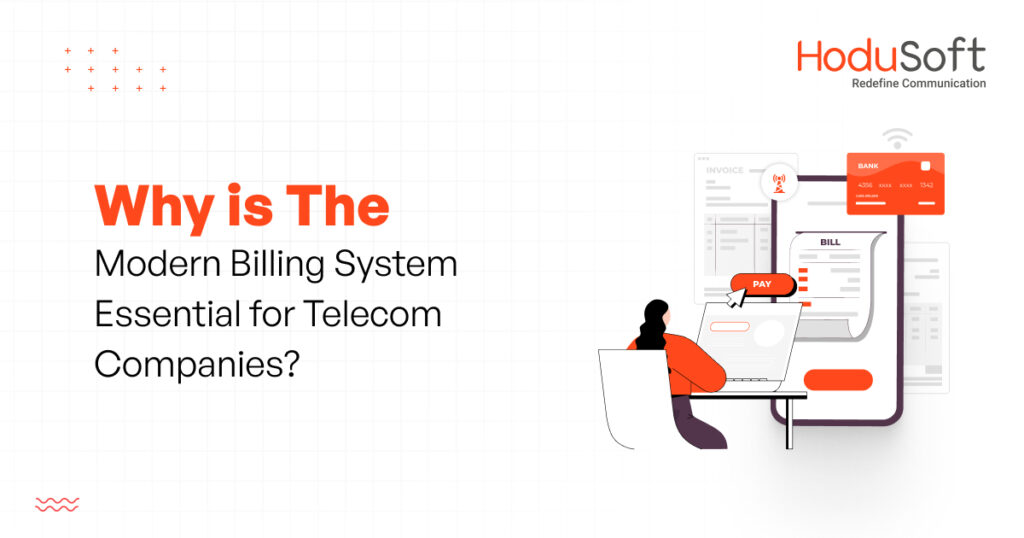A Complete Guide to Session Initiation Protocol (SIP)
Session Initiation Protocol (SIP) is one of the most commonly used protocols in Voice over Internet Protocol (VoIP) technology. It provides a simple framework to begin and end communication via the Internet. The protocol was developed by the Internet Engineering Task Force in 1996 and standardized in 1999. Since then, it has revolutionized real-time technology as we know it.
Over the years, the global SIP trunking services market has grown in leaps and bounds. In 2022, it stood at USD 14.69 billion and is expected to touch USD 16.49 billion in 2023, growing at a compound annual growth rate of 12.3 percent. It’s expected to reach USD 23.98 billion by 2029.
This blog post discusses everything about SIP and everything related to it, including what is Session Initiation Protocol, VoIP, and more. Read the blog post to know more about Session Initiation Protocol, how SIP works, the features of SIP, differences between SIP and VoIP, the benefits of SIP, SIP call flow, the importance of SIP, an example of an SIP, the difference between SIP-I and SIP-T, and the difference between SIP trunk and SIP session.
What is a Session Initiation Protocol?
The Session Initiation Protocol (SIP) is an IP (Internet Protocol) based communication protocol used to initiate, modify, and terminate real-time sessions between two or more participants. This protocol is extensively used in Voice over Internet Protocol (VoIP), video conferencing, instant messaging, and other multimedia communication applications.
The ongoing digital transformation and the need for efficient and cost-effective communication across a variety of devices and networks are driving the demand for SIP-based services and solutions. Also, the widespread adoption of VoIP and unified communication solutions is contributing significantly to the growth of the SIP market. As a result, the size of the SIP market is continually increasing.
According to market research reports, the global SIP trunking market was valued at around $10 billion in 2020 and is expected to increase to more than $30 billion by 2027, registering a compound annual growth rate (CAGR) of over 12% during the forecast period.
How does the SIP Protocol work?
SIP starts and ends an IP communication session by sending voice calls, video conferences, or messages in the form of data packets between two or more IP endpoints.
SIP doesn’t work in silos. Various other protocols—such as the session description protocol (SDP) and real-time transport protocol (RTP)—work with it to make sure that the data packets reach their destination on time.
SDP transmits session-related information to allow participants to join or receive details of the session. But it doesn’t convey the details itself. RTP handles the delivery of data.
The SIP initiates calls to one or more people. The message, which is an SIP request, sets the parameters for the request. SIP requests are divided into two categories:
- requests that act as a signal to initiate a call, such as INVITE
- requests that respond to the signal, such as OK or RINGING
SIP responses are also divided into two categories:
- those that accept the request, such as OK
- those that reject the request, such as DECLINE or BUSY
When an SIP request is sent, it is routed through the IP network to the intended recipient. If the recipient accepts the request, it sends back an OK response, which is then routed back to the sender. The sender then sends an ACK response to confirm that the call is connected and the two endpoints can then communicate.
Key Features of SIP
SIP is extremely sophisticated. Since its invention, it has evolved and so have its features. When it comes to the latter, SIP comes with a wide range of features such as:
Security features:
The SIP is equipped with hop-by-hop and end-to-end authentication as well as end-to-end encryption features using Secure/Multipurpose Internet Mail Extensions (S/MIME). This eliminates privacy breaches and data theft.
Text-based:
Being text-based, the SIP is a lot more similar to the HTTP protocol. The text-based messages are easy to read and decode, which makes it easy to troubleshoot problems and issues.
Non-numeric:
SIP is non-numeric. An SIP address is a Universal Resource Identifier (URI)—which is a form of URL (Uniform Resource Locator). The URI recognizes a phone’s numeric address and translates it to text-based messages.
Real-time and asynchronous event notifications:
The SIP can be used for both real-time and asynchronous event notifications such as automatic callbacks, buddy lists based on presence, message-waiting indicators, presence information, session changes, and SIP proxy statistics changes.
Easy integrations with new applications:
The SIP is designed to integrate several multimedia applications such as SMS, email, instant messaging, and more such internet-connected services.
Supports unicast and multicast communication:
In an SIP session, users can communicate using unicast or multicast communication. They can also communicate using a mix of both. SIP is independent of a lower-layer transport protocol that enables it to make the most of new transport protocols.
Address resolution:
As discussed in the third feature, SIP uses a URI to resolve the locations of users. This allows users to call each other without knowing the exact IP address of the other user.
Network redirection and mobility:
SIP offers network redirection capabilities. It can be used to redirect a call to another network if the original network is unavailable or congested. The protocol enables users to keep their telephone numbers when they move from one network to another. This is done by redirecting the calls to the new location.
High quality of service:
SIP allows for the negotiation of Quality of Service (QoS) parameters between users. This ensures that the quality of the audio and video calls is maintained.
Differences between SIP and VoIP
| Technologies | SIP | VoIP |
|---|---|---|
| Handling of media | Can handle all types of media (voice and video calls) | Can only handle audio and video calls |
| Flexibility | Highly flexible | Not as flexible |
| Dependency | Independent of devices, requires just a modem | Dependent on devices connected to the internet and a computer |
| Protocol | Application layer protocol for session set-up and tear-down | Layer 3 network protocol for encoding and transmitting signals |
| Location | Enables calls over the Internet regardless of user location | Requires both users to be connected to the same network |
| Security | Supports encryption and authentication | Vulnerable to eavesdropping and spoofing attacks |
| Simplicity | Can be implemented using existing hardware and software | Requires additional hardware and software components |
| Versatility | Supports a range of multimedia services | Limited to voice calls |
| Reliability | Designed for real-time communication, considered more reliable | Messages sent over UDP (User Datagram Protocol) |
| Proprietary property | Based on open standard RFC 3261 | Proprietary, dependent on vendor/service provider |
| Data handling capacity | Uses peer-to-peer system for handling large amounts of data | Central network-based filtering, organizing, and directing traffic |
Benefits of SIP
Since its introduction, SIP has provided a wide range of benefits to call centers and contact centers all over the world. Here are some of its most common benefits.
- Provides direct connection between private and public telephone networks: One of the most important benefits SIP provides is the direct connection between private or local telephone systems and public telephone networks. This eliminates the need for legacy telephone systems to make calls.
- Enhanced security: SIP provides a security layer that helps protect networks and devices from malicious attacks. It uses end-to-end authentication, encryption, and authorization techniques to protect networks.
- Improved network reliability and flexibility: SIP is designed to be reliable and provide a high level of network reliability. It uses a point-to-point communication model that is more reliable and efficient than other protocols. It’s extremely flexible and easy to adapt to different environments and scenarios. It can be used for voice, video, and text communication.
- Cost-efficiency: SIP protocol is much more cost-effective compared to traditional phone lines. Businesses that use SIP protocols report huge savings on local as well as international calls. As per Gartner’s report, SIP trunking can cut telecom expenses by half in the US. According to AT&T, SIP can reduce operational expenses, and access costs, and enhance bandwidth utilization.
- Scalability: SIP is highly scalable and can be used for small networks as well as large ones. It is easy to expand and modify to meet the changing needs of businesses.
- Easy troubleshooting: SIP is easy to diagnose and troubleshoot. It has built-in diagnostic and logging features that allow administrators to quickly identify the source of any problems.
- Fewer margins for errors: Using the internet and having back-ups, SIP trunks make sure that external factors such as inclement weather, natural disasters, and human errors can’t affect SIP.
- High clarity: SIP-powered communication is well-equipped to provide crystal clear images in long-distance video conference calls. SIP technology can also find the easiest way to send files and documents to employees outside its office.
- Easily adds additional capabilities: The integration capabilities of SIP make it extremely compatible to work with many multimedia applications such as text messages, e-mail, instant messaging, and other connected apps.
10. Efficient control: SIP can be used to manage Internet telephone calls, Internet multimedia conferences, and multimedia distribution, in both the core and the periphery of the communications network.
Unleash the Power of Seamless Communication with Our Cutting Edge SIP Enabled IPPBX System
SIP call flow
An SIP call is just like a phone conversation. The SIP network is like a big telephone switchboard, which helps two telephones connect.
An SIP call flow is the process of setting up and tearing down a phone call using the SIP.
The process starts when a user dials a phone number. The request is sent to an SIP server, which then locates the other user’s SIP address and sends an invitation to the other user.
Once the invitation is accepted, the two users are connected and can begin talking. During the conversation, audio and video data are exchanged between the two users.
Once the conversation is finished, the two users can hang up and the SIP server will send a message to the other user to tear down the call.
Why is Session Initiation Protocol important?
Session Initiation Protocol (SIP) is an important protocol for telecommunication systems, as it is responsible for establishing, managing, and terminating sessions between two or more communication endpoints.
SIP is highly scalable and can be used to facilitate communication between a broad range of devices, including computers, phones, and tablets. SIP is also responsible for managing the signaling associated with media sessions, such as voice, video, and instant messaging.
What is an example of a Session Initiation Protocol?
An example of a Session Initiation Protocol is an INVITE message, which is sent by a user to initiate a communication session with another user.
The INVITE message contains the address of the user initiating the session (called the “From” address) and the address of the user being invited to the session (called the “To” address).
The INVITE message also contains information about the type of session being requested and any other information that is needed to establish the session.
What is the difference between SIP-I and SIP-T?
SIP-I, short for Session Initialization Protocol with encapsulated ISUP, is designed to create, modify, and terminate multimedia sessions based on Integrated Services Digital Network User Part (ISUP).
SIP-T, short for Session Initiation Protocol for Telephones, is designed to carry ISDN signaling inside of SIP messages (in the body).
Even though SIP-I and SIP-T have similar features, they are two different protocols altogether.
- SIP-I was defined by the International Telecommunication Union (ITU-T), whereas SIP-T was defined by the Internet Engineering Task Force (IETF).
- SIP-I is more accurate. It also clearly defines the parameters between ISUP and SIP as well as the supplementary services for telecommunication interconnection.
- SIP-I defines a mapping from SIP to BICC in addition to ISUP, while SIP-T addresses only the ISUP.
- SIP-I is more popular among manufacturers and carriers such as SBC and soft switch vendors compared to SIP-T.
What is the difference between an SIP trunk and an SIP session?
SIP trunk is a technology that allows businesses to connect their local phone system to the public switched telephone network (PSTN) over the Internet. It uses Voice over Internet Protocol (VoIP) technology to provide voice, data, and multimedia communications.
An SIP session is a communication session between two or more endpoints. It is established over the Session Initiation Protocol (SIP), which is an application layer protocol that defines how signaling messages should be exchanged between devices to initiate or terminate a communication session.
Summing up,
SIP is a popular and ultra-sophisticated protocol that forms the foundation of all types of internet communication. The signaling protocol starts, modifies, and terminates multimedia communication sessions over the Internet Protocol.
At HoduSoft, our HoduPBX SIP trunking module comes with a host of unified communications features. It can support a large volume of concurrent calls, enhance flexibility, and enable small and medium businesses to reduce communication costs. If you are looking for a SIP-based communication system, contact our team of experts to book a free demo today.



